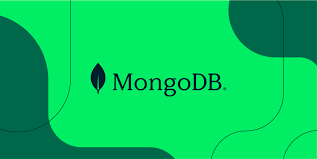
 SAY
SAY XISS

 SAY
SAY Master MongoDB at an advanced level by diving deep into features like sharding, replication, data partitioning, performance tuning, and enterprise-level security. This course is designed for learners who want to work with large-scale applications and solve complex data management challenges using MongoDB.
This advanced-level MongoDB course is designed for those who have a strong understanding of basic and intermediate MongoDB concepts. The course focuses on optimizing MongoDB for performance, scaling databases, sharding, and implementing robust security practices for enterprise environments. You'll work on complex queries, improve data relationships, and handle large-scale databases effectively.
In this course, you will gain advanced skills to scale and secure MongoDB environments. You'll explore sharding, replication, performance optimization, and security measures required for large-scale enterprise applications. By the end of this course, you'll be able to implement high-availability databases and work with complex data models in MongoDB.

Founder & CEO
4.98 Instructor rating
40 Students

Duration
12 Weeks
Class Time
1.5 Hours
Enrolled
250 students
Language
English / Tamil
Skill Level
Advanced
Schedule
Monday to Friday
Certificate
Yes
SoftSkill Trainning
Free